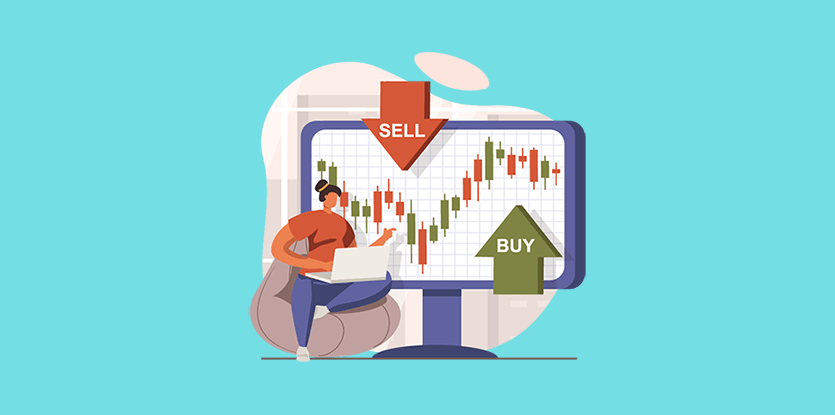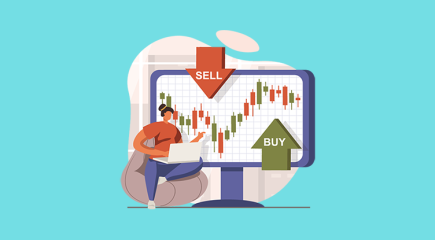A cup and handle pattern occurs when the underlying asset forms a chart that resembles a cup in the shape of a U, and a handle represented by a slight downward trend after the cup.
The shape is formed when there’s a price wave down, which is then followed by a stabilization period, followed again by a rally of approximately the same size as the prior trend. This price action is what forms the identifying cup and handle shape.

William O’Neil initially recognized this popular stock chart pattern in 1988. To identify the cup and handle formation O’Neil claims the handle should extend no longer than one-fifth to one-quarter the length of the cup. The handle will remain close to the prior highs, which will squeeze out the short-sellers and cause new buyers to enter the market.
The formation is usually initiated by low-trading volume, followed by high-volume as the left lip forms, then falling volume near the bottom of the cup, which then kicks off to rising volume towards the right lip and on the breakout. This process can last anywhere from a few minutes to sixty-five weeks, initiated by a downward price fluctuation followed by a period of stabilization, then a rally that brings the prices back up almost or equal to the previous level before the plummet.
Once this happens, the the cup advances and forms a U, and the price drifts downward slightly forming the handle.
The handle has to be smaller than the cup and should only indicate a slight downward trend within the trading range – not one that goes lower than one-third of the way into the cup. Investors who see a similar pattern where the handle goes deeper might want to make efforts to avoid it.
However, when the handle is of proper proportions to the side of the cup, a breakout that goes higher than the handle is an indication of a rise in price. Furthermore, it is essential to note that this isn’t always the case, and investors should use some measures to mitigate losses when putting money into these types of patterns.
How to Trade the Cup and Handle Pattern
The image above displays the standard cup and handle pattern. To trade this formation correctly, a trader should place a stop buy order slightly above the upper trendline that makes up the handle. This way, the buy order will only execute if the price breaks above the upper resistance level. This will avoid jumping into a cup and handle pattern too early by entering a false breakout. For traders who want to add a little more certainty to their trade, they should wait for the price to close above the upper trendline of the handle.
Often traders try to buy the stock at a lower price once it breaks the upper trendline, hoping for the price to move back down temporarily, but here they run the risk of the price continuing to advance upward, missing the trade altogether.
Considerations
The cup and handle pattern as a lower failure rate when compared to other chart patterns, meaning it is a good indication of what’s to come. Patterns were shorter handles have a higher success rate than patterns with longer handles. Patterns with a more bottomless cup accompanied by a slightly more upper left lip versus right lip also have a higher success rate.
Attributes
- Pattern type: Continuation
- Indication: Bullish
- Breakout confirmation: When there is above-average volume, and the stock closes above the upper trendline drawn from the top of the handle.
- Measuring: The price target is obtained by measuring the distance from right lip to the bottom of the cup and then adding that to the price level of the right lip.
- Volume: Increased volume is typical following the shape of the cup, with higher volume as the left lip forms, decreasing volume as the bottom of the cup forms, and raising volume towards the right lip which continues on to the breakout.
Conclusion
The cup and handle pattern was made popular by William O’Neil, which now has expanded into all sorts of trading scenarios. Traders have come to know the cup and handle as a bullish continuation pattern that is a highly accurate predictor of sizable breakouts. To learn more about stock chart patterns and how to take advantage of technical analysis to the fullest, be sure to check out our entire library of predictable chart patterns. These include comprehensive descriptions and images so that you can recognize important chart patterns scenarios and become a better trader.


